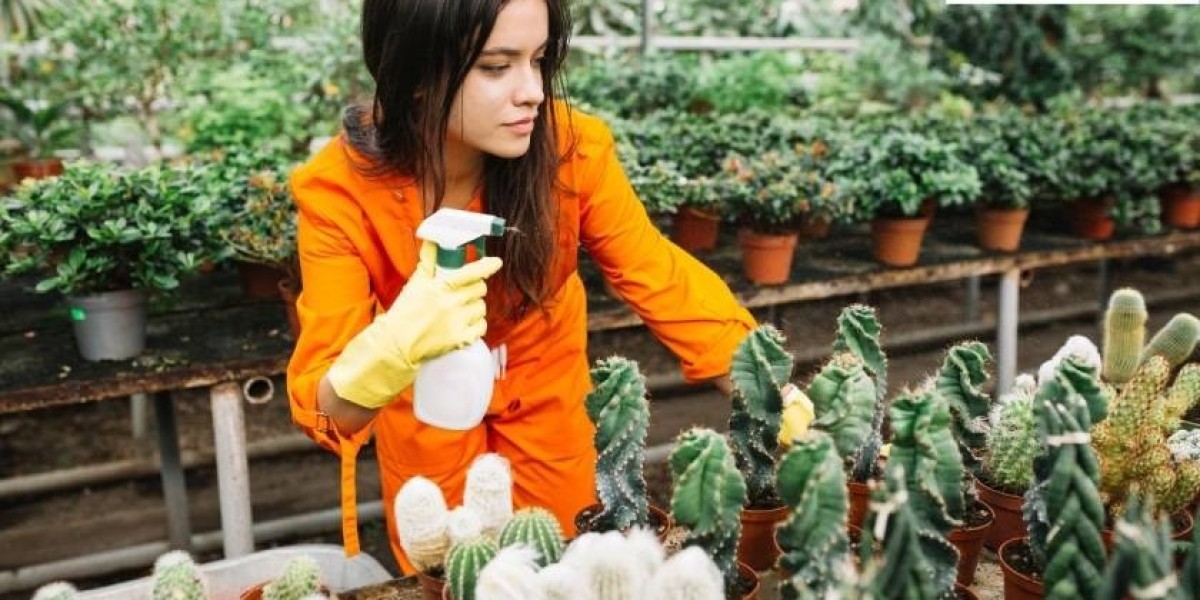Uttar Pradesh, India’s leading sugarcane-producing state, contributes significantly to the nation’s sugar economy. With over 45 lakh farmers directly engaged in sugarcane farming, this crop is vital not only for industrial use but also as a reliable income source in rural areas. As market dynamics and climate patterns evolve, modern sugarcane farming techniques are proving essential for improving productivity and farmer profitability across UP.
This article explores the latest strategies, technologies, and practices that are transforming sugarcane cultivation in the state.
Why Sugarcane Farming Matters in Uttar Pradesh
Sugarcane occupies nearly 2.5 million hectares in UP and feeds over 120 operational sugar mills. From producing jaggery to ethanol, sugarcane serves multiple industries. More importantly, it provides stable employment in villages and supports rural infrastructure.
The demand for sugarcane-based products like ethanol (for biofuel blending), jaggery, and molasses is rising. To meet this demand and stay profitable, UP farmers must adopt modern and sustainable farming methods.
Key Factors That Affect Sugarcane Yield
Several factors directly impact the success of sugarcane farming:
- Soil quality and fertility
- Choice of seed variety
- Irrigation methods
- Nutrient and pest management
- Climatic conditions
Modern practices focus on optimizing these areas using scientific approaches and smart technology.
Top Sugarcane Varieties Recommended for UP
Modern sugarcane farming begins with choosing the right variety. Improved varieties give better yields, resist diseases, and mature faster.
- Co 0238 (Karan 4): Widely adopted across UP, known for high recovery and early maturity.
- CoS 08272: Performs well in central UP regions with consistent yield.
- CoLk 94184: Suitable for eastern UP, disease resistant.
- BO 130: High sugar content and resistant to red rot.
Using certified seeds from government research centers ensures better germination and disease resistance.
Latest Planting Techniques for Maximum Output
Traditional methods are gradually being replaced with scientific planting practices:
1. Trench Method
This method involves planting setts in trenches 25–30 cm deep. It improves water conservation and facilitates better root development.
2. Paired Row Planting
Two rows are planted closely with a wider space between the pairs. This helps in better air circulation and allows intercropping.
3. Sett Treatment
Before sowing, treating cane setts with fungicides or hot water helps prevent fungal diseases and increases sprouting.
4. Ratoon Management
Modern ratoon management includes early irrigation, fertilizer application, and stubble shaving. It can reduce cost and increase total cane yield per hectare.
Water-Smart Irrigation Solutions
Sugarcane requires large amounts of water, especially during the tillering and elongation phases. In many regions of UP, water is becoming a limiting factor. Adopting efficient irrigation methods is essential:
- Drip Irrigation: Saves up to 40% water, delivers nutrients directly to roots.
- Alternate Furrow Irrigation: Only alternate rows are watered, cutting water use nearly in half.
- Mulching: Helps retain soil moisture and control weeds.
The government offers subsidies for drip systems under the Pradhan Mantri Krishi Sinchayee Yojana (PMKSY).
Balanced Fertilization and Soil Health
Nutrient management plays a critical role in yield. Regular soil testing and applying fertilizers as per requirement leads to better results.
- Nitrogen: Apply in 2–3 split doses for optimal cane growth.
- Phosphorus & Potassium: Important for root development and sugar accumulation.
- Bio-fertilizers: Trichoderma, Azotobacter, and PSB increase soil microbial activity.
- Organic Inputs: Use vermicompost and green manure to restore soil fertility.
Precision farming techniques like fertigation (applying fertilizer via drip irrigation) are being increasingly adopted by progressive farmers.
Protecting Sugarcane from Pests and Diseases
Sugarcane is vulnerable to pests like early shoot borers, top borers, and white grubs. Diseases such as red rot and smut can devastate fields if not managed properly.
Modern IPM (Integrated Pest Management) techniques include:
- Use of pest-resistant varieties
- Traps like pheromone and light traps
- Biological control agents like Trichogramma wasps
- Judicious use of chemical pesticides only when needed
Regular monitoring and early intervention ensure minimal crop damage.
Mechanization in Sugarcane Farming
Labor costs are rising, and timely operations are crucial. That’s where mechanization helps.
- Sugarcane Planters: Ensure uniform sett placement and spacing.
- Trash Shredders: Convert crop residue into organic mulch.
- Mechanical Harvesters: Help with large-scale harvesting and reduce time.
- Ratoon Management Devices: Improve regrowth for second and third cycles.
Farmers can take advantage of government subsidies for purchasing agricultural machinery.
Government Support and Digital Tools for Sugarcane Farmers
The Uttar Pradesh government offers multiple schemes to support sugarcane farmers:
- Fair and Remunerative Price (FRP) assurance
- Subsidies on seeds, drip irrigation, and mechanization
- E-Ganna App for real-time cane weight records, payment tracking, and scheduling
- Soil health cards for precise nutrient recommendations
- Training workshops on best practices
Digital integration is improving transparency and reducing exploitation by middlemen.
Challenges in Modernizing Sugarcane Farming
Despite progress, many challenges persist:
- Delayed mill payments
- Limited awareness of new techniques
- Fragmented landholdings
- Climate stress and water scarcity
To overcome these, collective farming, adoption of FPOs (Farmer Producer Organizations), and use of advisory services can be highly effective.
Final Thoughts
Modern sugarcane farming in Uttar Pradesh offers a promising path to higher productivity, better resource use, and increased farm income. By adopting improved seed varieties, efficient irrigation, mechanization, and scientific crop care, farmers can transform sugarcane into a highly profitable and sustainable crop.








